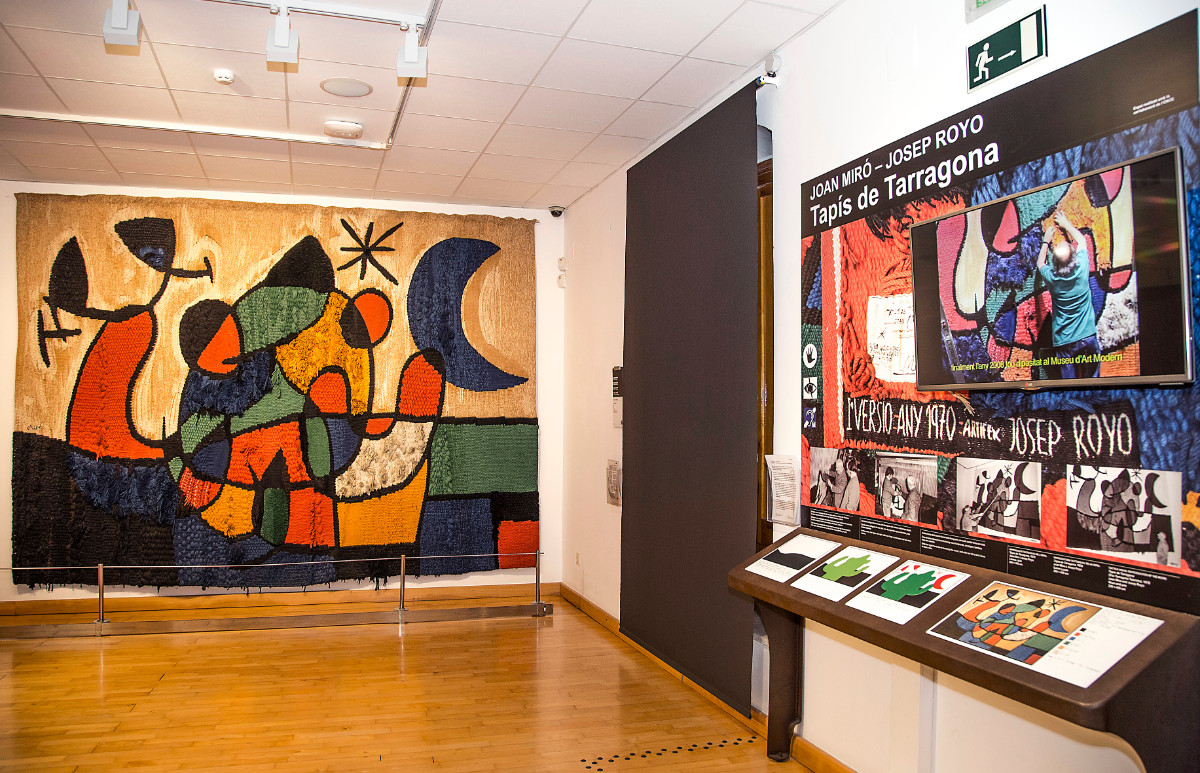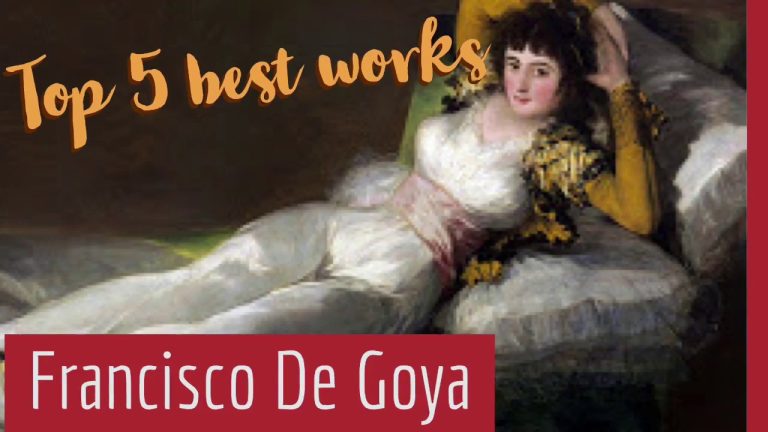Contenidos
Palacio del buen retiro madrid
the hall of the kingdoms
Due to the destruction caused by the War of Independence (1808-1814), its present appearance is the result of interventions carried out in the 19th and 20th centuries, although original layouts and elements from the 17th and 18th centuries survive.
With an area of 118 hectares (1,180,000 m²) and a perimeter of 4.5 km, it belongs administratively to the Retiro district, named after the park. It is bounded on the north by Alcalá and O’Donnell streets, on the south by Esteban Villegas poet’s street, on the west by Alfonso XII street and on the east by Menéndez Pelayo avenue.
The names Retiro and Buen Retiro refer to the functionality of the disappeared Cuarto Real, a room attached to the Hieronymites Monastery in Madrid, where the kings used to retire for spiritual meditation and recreation. These rooms were enlarged in 1561 by order of Philip II (1527-1598)[8] and on them would end up being built, during the reign of Philip IV (1605-1665), the Royal Site of Buen Retiro, a set of palaces, forests and gardens, which would give rise to the current park.
wikipedia
However, the canvases that decorated it constituted one of the best pictorial collections ever assembled in a royal palace. Philip IV was an enthusiastic collector of canvases, both belonging to old masters and to painters of the Golden Age, with Velázquez (his court painter) and Zurbarán at the head, without forgetting the Flemish Rubens, who visited him in Madrid and for whose painting he would develop a true passion.
It all began on October 17, 1629, when Isabella of Bourbon gave Philip IV an heir. From that moment on, the Count-Duke began preparations for the ceremony in which the Infante would swear allegiance to the Cortes of Castile. It was to be held in the monastery of San Jerónimo, at the end of the city opposite the Alcázar.
There the Habsburgs had some rooms, known as the Cuarto Real, which the valide had enlarged for the occasion and equipped with a garden, a cage for wild beasts and an aviary. Olivares was a lover of birds, and that is why his enemies said that this work was nothing more than a huge henhouse…
royal palace of madrid
Philip IV was in the habit of staying at times in some rooms annexed to the convent of San Jerónimo «el Real» (near the present Prado Museum) which were called the Royal Quarters. The reason for this fact can be found in the fact that the so-called Planet King found it especially pleasurable to stroll around the adjoining estate, property of his favourite, the Count-Duke of Olivares.
The new king of the House of Bourbon, Philip V, arrived in Madrid in 1701 and settled in the old and solemn Royal Alcazar. However, he soon preferred to inhabit the Buen Retiro Palace, which with its less medieval appearance and its proximity to the gardens surely reminded him of the palaces of Versailles and Marly, where he had spent his childhood.
However, the palace was far from having the classicist French baroque architecture that the king liked. It was then decided to seek the advice of the famed Robert de Cotte, chief architect of Versailles after Mansart’s death. De Cotte planned to cover the old palace with new French facades, Philip V, for his part, considered that it would be better to build a building ex novo.
good retreat meaning
The palace had its origin in the order given by Philip II to Luis de Vega to create a royal room around the church of San Jeronimo, to which the monarch could retire during periods of Lent, penance or mourning. Let us not forget how pious the Prudent King was.
The new suburban residence (of which the Casón was part) of the monarch was built following the model of the square-plan citadel with corner towers crowned by spires and a large central courtyard used since the time of Philip II. But the lack of a general project in the conception of the royal site and the haste of Olivares to finish the works resulted in a disjointed palace lacking a main axis.






